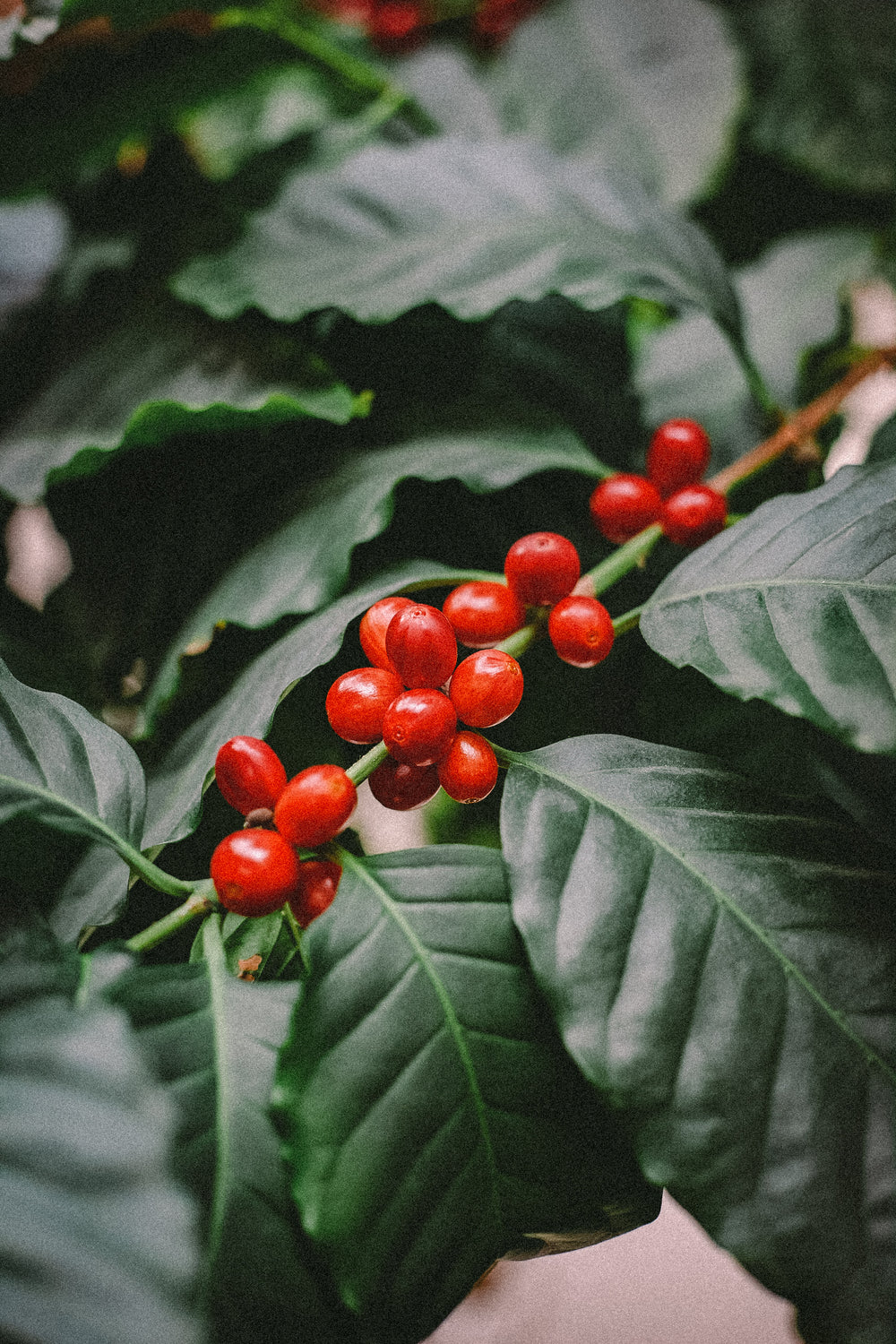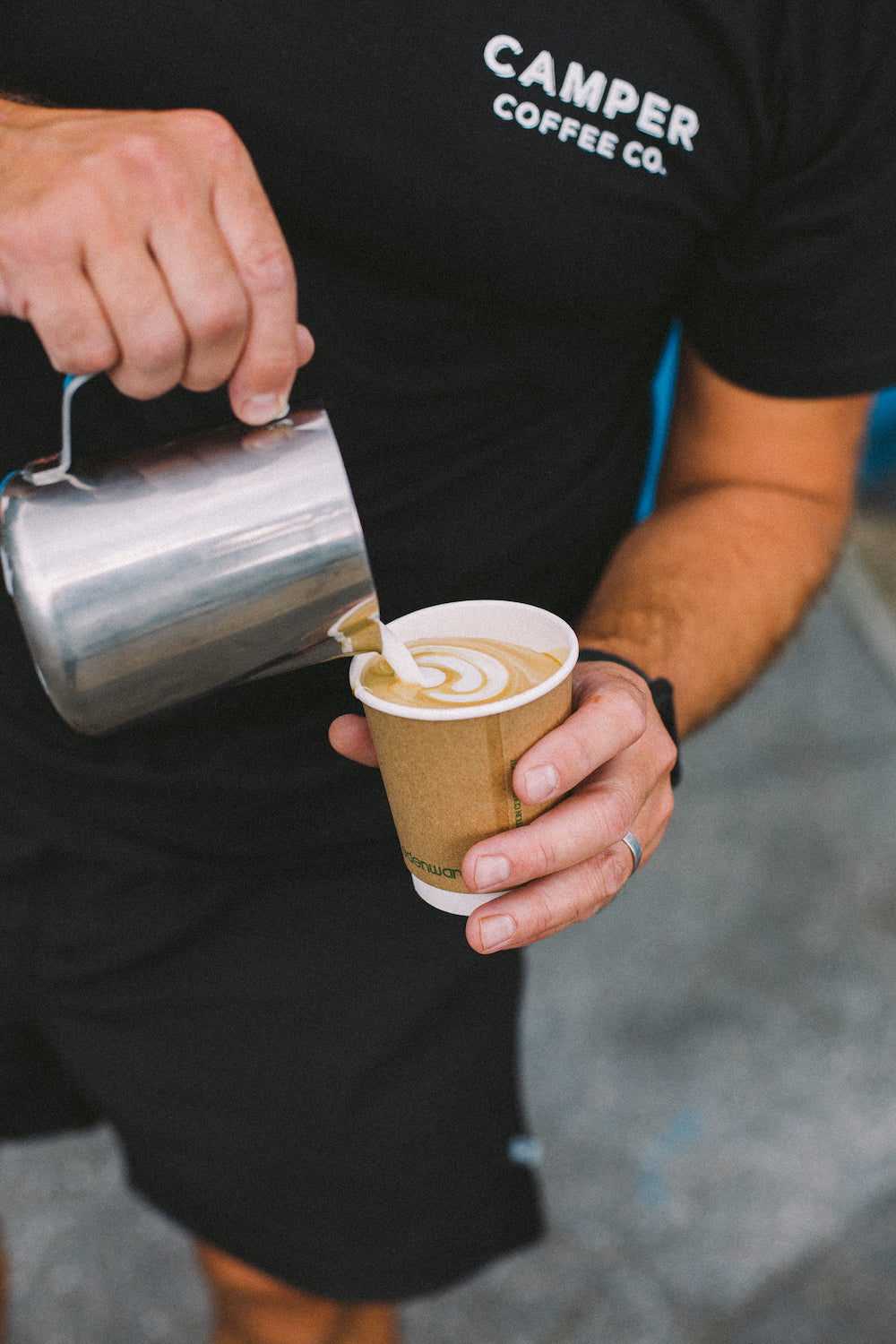Honduras probably isn’t the first country that comes to mind when you think of coffee. But green coffee is its biggest agricultural export. While it’s not known for mind-blowing cup profiles, Honduran coffee brings plenty of sweetness, body and balance – which is why we use it for six months of the year in our house blend, The Truth.
 Buying nice coffee to sell nice coffee is the easy bit. But sourcing isn’t just about picking what tastes good.
Buying nice coffee to sell nice coffee is the easy bit. But sourcing isn’t just about picking what tastes good.
We believe it’s our job to buy in a way that keeps the whole supply chain healthy – not just for today, but for the long haul. And no two origins are the same. That’s why we needed to get to Honduras, see things first-hand and understand the full picture – the good, the bad and the in-between. Our trip wasn’t just about finding the right producers to work with, but about deepening the relationships we’ve built and keeping our eyes open to what really matters.

Like anywhere, coffee producers in Honduras have challenges. Price is a big one. But right now, with the C-market (the global benchmark price for coffee) at record highs, farmers are earning more than double what they could last year. Historically, these price swings have been brutal, but this time, locking in a fixed price didn’t make sense. So, what actually helps? Knowledge and infrastructure. The stuff that lasts.
The agronomists at Molinos de Honduras (Volcafe Honduras – our import patners) have been game-changers. Their training on farming techniques and financial management has given producers a serious edge. And when it comes to infrastructure, the smallest upgrades – solar driers, raised beds, access to wet mills (where cherries are processed before drying) – can transform coffee quality and the price farmers get for it. These aren’t huge investments (a solar drier costs around $500), but when coffee has been cheap for too long, saving for even small improvements hasn’t been an option.
 And then there’s the labour problem. Some regions struggle to find pickers because better-paying jobs in the capital draw people away. In others, where work is scarce, it’s the opposite. And beyond Honduras, migration is pulling workers even further afield. Farmers are stuck between paying enough to keep pickers and keeping their own costs sustainable.
And then there’s the labour problem. Some regions struggle to find pickers because better-paying jobs in the capital draw people away. In others, where work is scarce, it’s the opposite. And beyond Honduras, migration is pulling workers even further afield. Farmers are stuck between paying enough to keep pickers and keeping their own costs sustainable.
Despite the challenges, the work that Volcafe are doing in Honduras is seriously impressive. With 26 technicians on the ground and over 500 farms in the Volcafe Way programme (a programme that helps farmers improve their practices and yields), producers are in a stronger position. You can see the impact on farms, and the numbers back it up. Every detail is tracked via their own app, helping producers run their businesses with proper data. The programme is free, and farmers don’t have to sell their crop to Molinos – but 98% choose to. That says it all.

What does this mean for Roastworks? Honduran farms tend to be small – just over 2 hectares on average, producing around 2 metric tonnes of coffee cherry each year. That’s not a huge volume, so working with a single producer can be tricky. But then we met Sebastian and Orlin Ramon Valladares, a father-and-son team who are doing things differently.
Sebastian has steadily grown his farm to 10 hectares and passed another 8 hectares to Orlin, meaning they’re producing well above the Honduran average. More importantly, they’ve managed to scale up without cutting corners – keeping quality high while increasing volume year after year. That’s the kind of approach we can get behind, and we’re excited to start this relationship with them.
Because we can trace exactly where our coffee comes from, we also know we’re paying a price that works for farmers – one that keeps their businesses sustainable and their coffee quality high.
Back to listings



